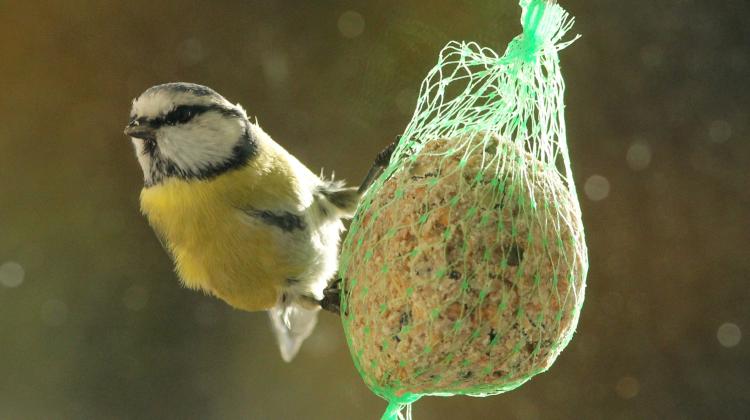How to track the activity of various enzymes at once?
 Photo: Fotolia
Photo: Fotolia
A new method for parallel imaging of enzyme activity has been developed by researchers from Wrocław University of Technology, in cooperation with American researchers. The study has been published in JACS.
Proteolytic enzymes (proteases) control virtually all metabolic pathways in living organisms. Their disruption leads to the development of many civilization diseases, including cancer, diabetes, neurodegenerative diseases and loss of resistance to pathogens.
In recent years, a number of important questions about the involvement of proteases in the development of specific diseases have been answered using activity-based probes.
The advantage of using such probes is their ability to image only the active enzymes, i.e. those that take an active part in a given biological process. Still, one of the biggest challenges is creating probes that interact selectively with one enzyme, and the capability to image several enzymes in one place at the same time.
These problems have largely been resolved by the Wrocław University of Technology scientists in collaboration with researchers from California (Sanford Burnham Prebys Medical Discovery Institute, USA). They designed and synthesized activity-based probes of very high specificity.
The system, called "A toolbox of fluorescent probes" have been used to image serum protease activity in neutrophils, enzymes that are extremely important in defending host organisms from pathogens, but also involved in the development of tumours (especially lung cancer).
Imaging methods (fluorescence microscope and flow cytometry) allowed to demonstrate that parallel monitoring of neutrophilic enzymes at the same time is possible, despite their different activity and concentrations in neutrophils. Moreover, using the above probes, researchers for the first time observed uneven distribution of serine proteases in primary (azurophilic) granules.
Such mutual exclusion of serine proteases in neutrophils has never been observed before, suggesting the existence of an unknown mechanism of distribution of these enzymes to granules. This observation can be of great biological significance. These studies are being continued.
The results of the study have been published in the prestigious journal JACS. The lead author of the project Dr. Paulina Kasperkiewicz, who conducted research in Prof. Marcin Drąg\'s team and as part of a postdoctoral fellowship in Prof. Guy S. Salvesen\'s team. The Foundation for Polish Science also reported on the research project on its website (Kasperkiewicz and Drąg are laureates of the Foundation for Polish Science programmes).
PAP - Science and Scholarship in Poland
lt/ ekr/ kap/
tr. RL
Przed dodaniem komentarza prosimy o zapoznanie z Regulaminem forum serwisu Nauka w Polsce.


















